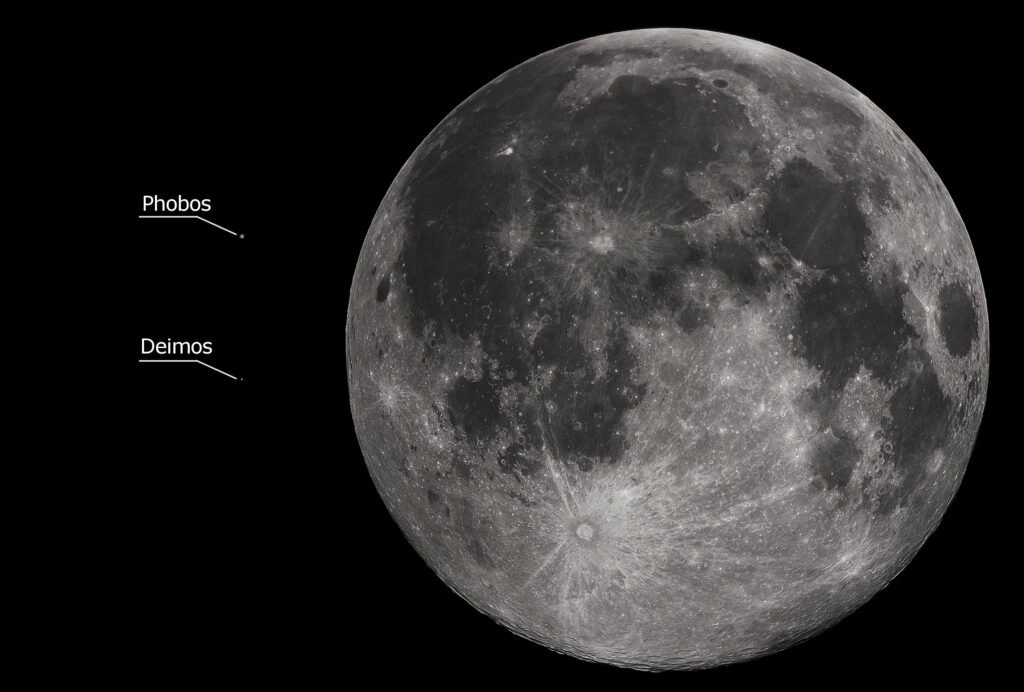A pair of cosmic oddballs, tumbling through the rusty Martian sky, have captured the imagination of astronomers and dreamers alike. Phobos and Deimos, Mars’ tiny and mysterious moons, look nothing like our own Moon. Instead, they resemble dark, battered potatoes racing around the Red Planet, shrouded in secrets and speculation. Are these moons ancient Martian companions, or interlopers from the depths of the solar system? Could they even hide clues to life’s beginnings or the future of space exploration? The story of Phobos and Deimos is riddled with bizarre facts, wild theories, and unanswered questions—a saga that’s far from over.
A Tale of Two Tiny Moons
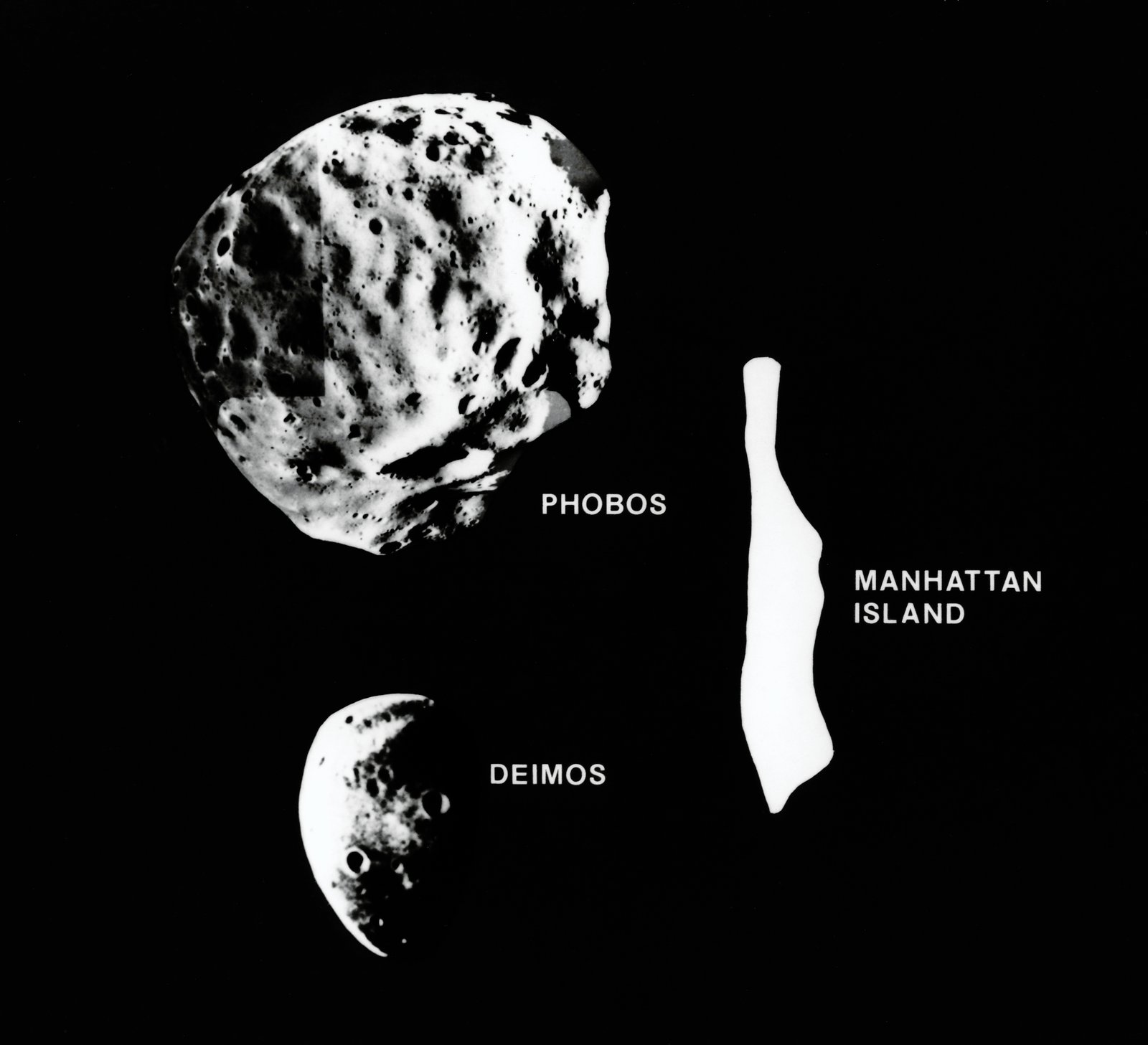
Phobos and Deimos are so small and misshapen that, at first glance, they barely seem worthy of the title “moon.” Phobos measures about 22 kilometers across at its widest, while Deimos is even smaller, just 12 kilometers long. In fact, both would fit comfortably inside a large sports stadium. Unlike the bright, round moons that orbit other planets, these two are lumpy, covered in craters, and dark as coal. Their surfaces are littered with the scars of ancient impacts, giving them a gritty, battered look that sets them apart from most other celestial bodies in our solar system.
The Mystery of Their Origins
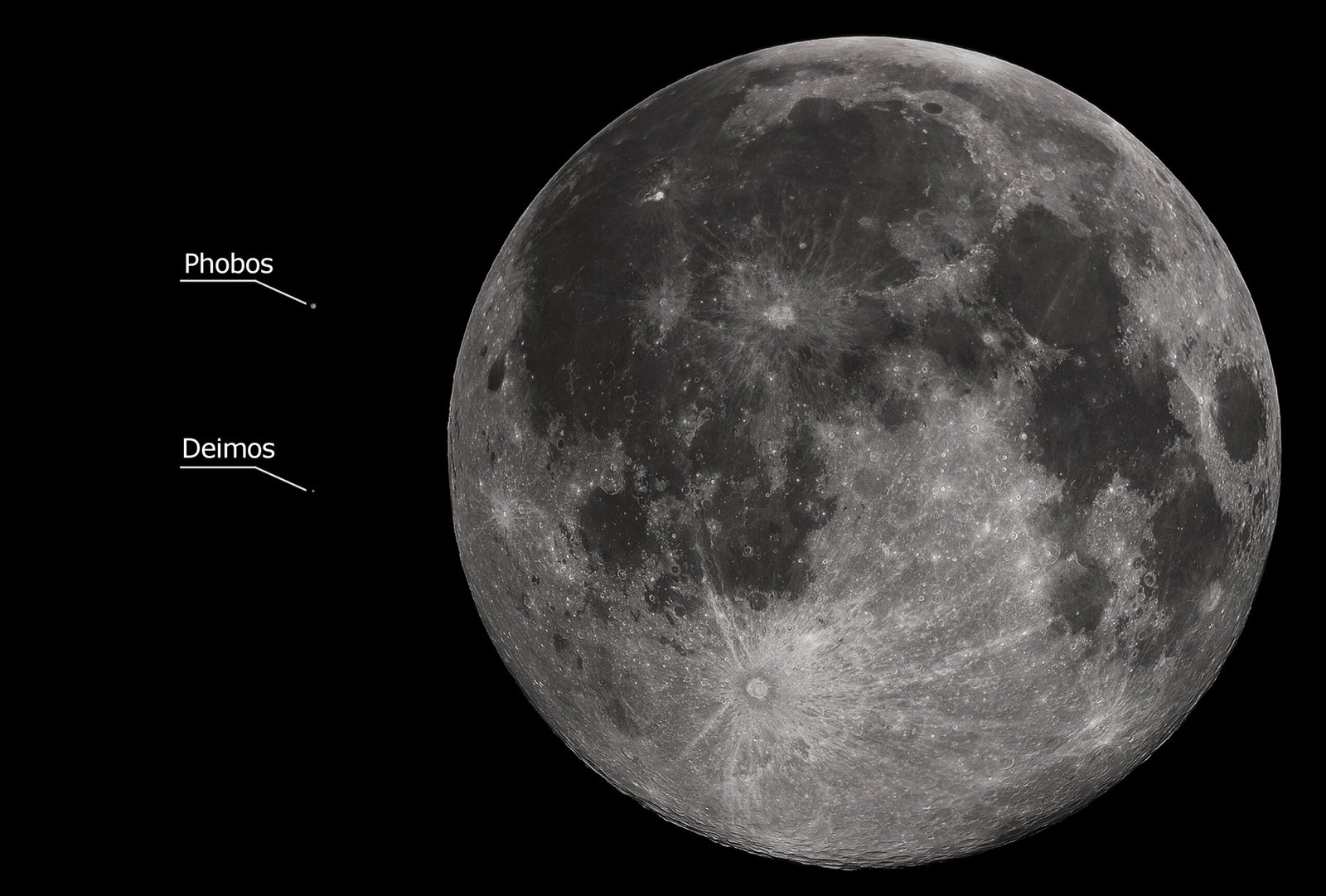
One of the biggest mysteries surrounding Phobos and Deimos is their origin story. Scientists have debated for decades whether these moons formed alongside Mars, or if they were captured from the asteroid belt. Their irregular shapes and compositions are strikingly similar to carbon-rich asteroids, fueling the theory that they might be space rocks snatched by Mars’ gravity long ago. Others argue that the moons might have formed from a giant impact, much like Earth’s Moon. The jury is still out, but every new mission to Mars brings us closer to solving this cosmic riddle.
Odd Orbits and Surprising Speeds
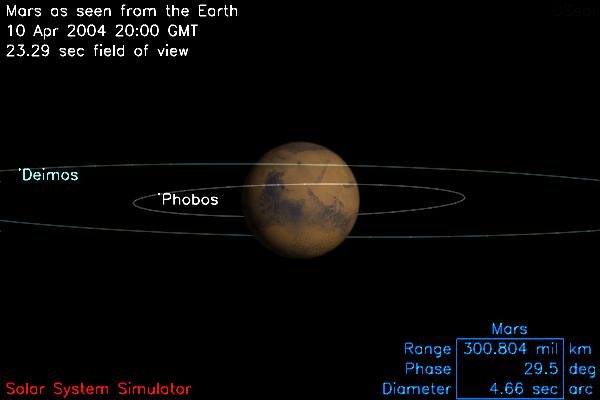
Phobos and Deimos don’t just look odd—they move in strange ways, too. Phobos orbits Mars at breakneck speed, circling the planet in just over seven hours. That’s so fast that it rises in the west and sets in the east, sometimes more than once in a single Martian day. Deimos, on the other hand, takes a leisurely 30.3 hours to complete one orbit. Their orbits are almost perfectly circular and lie close to Mars’ equator, which is unusual for small moons. These quirks have led some researchers to wonder if they’ve been influenced by ancient collisions or even hidden forces at play.
Phobos: The Doomed Moon
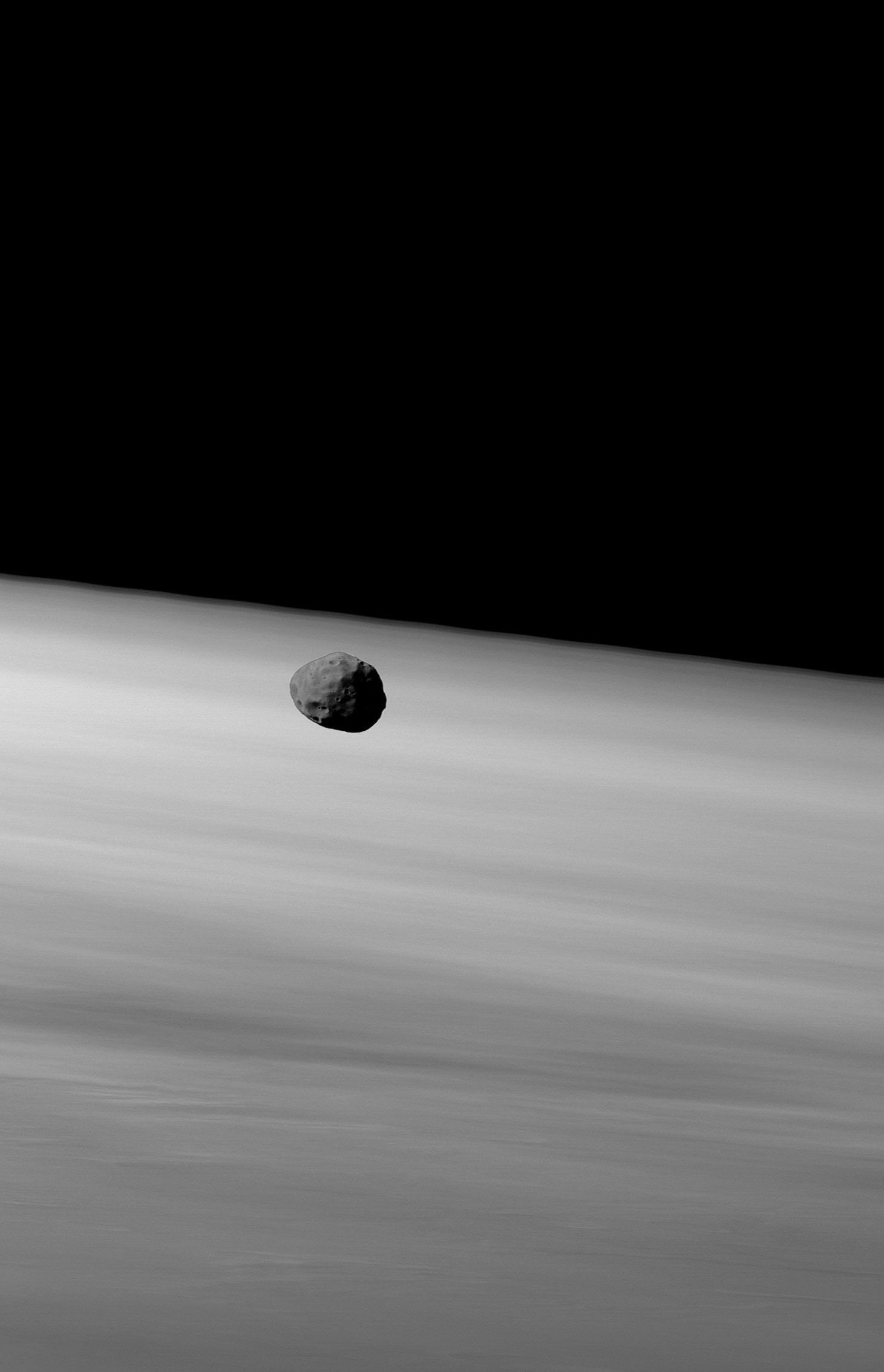
If there’s one thing that makes Phobos truly remarkable, it’s its doomed fate. This moon is spiraling inward, inching closer to Mars by about two meters every century. Eventually, gravitational forces will tear it apart—possibly within the next 30 to 50 million years. Scientists believe that Phobos will break up and form a spectacular ring around Mars, much like Saturn’s famous rings but on a smaller scale. It’s a chilling reminder that even celestial bodies aren’t immune to the passage of time and the relentless pull of gravity.
Deimos: The Quiet Companion

Deimos, in contrast, is drifting slowly away from Mars, much like our own Moon is doing with Earth. It’s quieter, less dramatic, and more distant, making it the wallflower of the Martian system. Despite its low-key presence, Deimos is just as mysterious. Its smooth surface suggests that it’s been covered by a thick layer of dust, possibly hiding secrets beneath. Some scientists even wonder if Deimos could harbor ice or other materials in its interior, locked away from prying eyes and awaiting future discovery.
Surface Secrets: Craters and Grooves
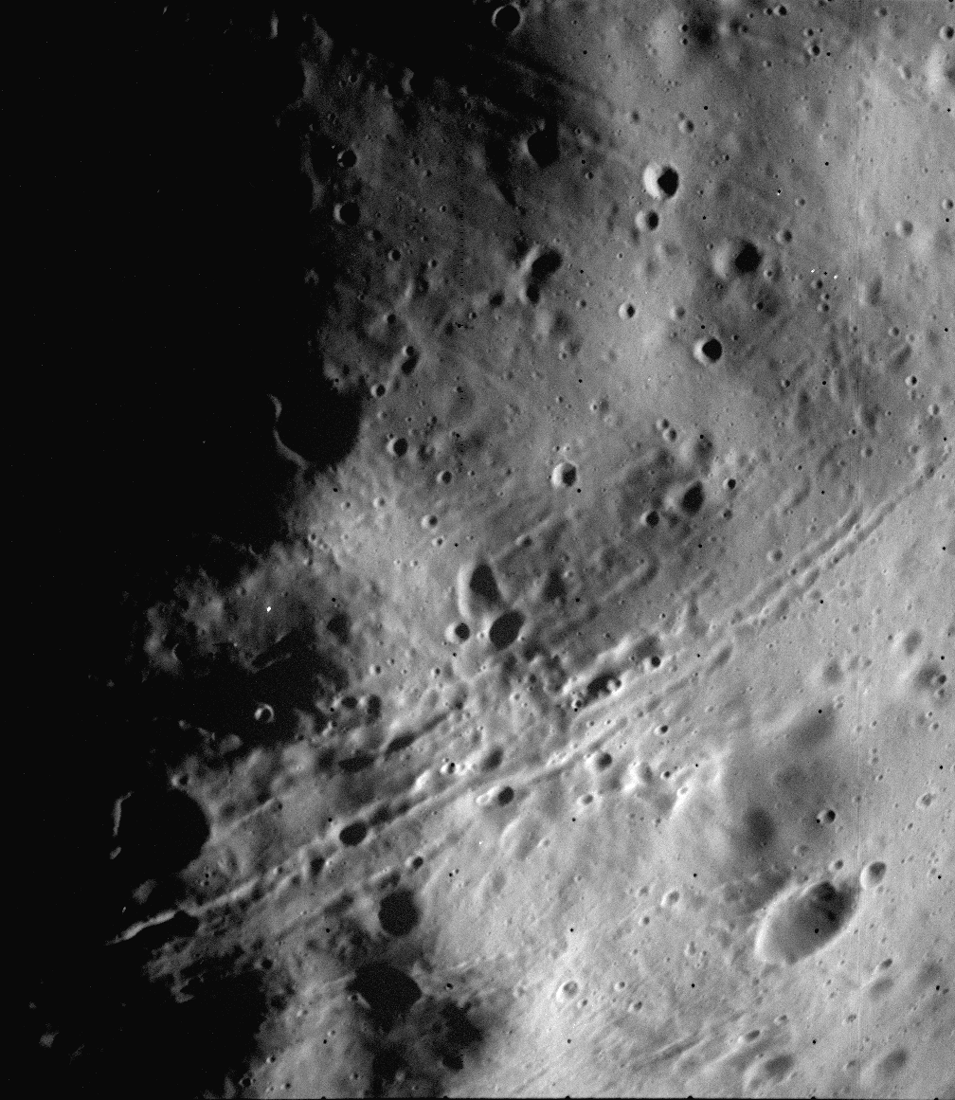
The surfaces of Phobos and Deimos are a feast for anyone who loves cosmic mysteries. Phobos is riddled with giant grooves—long, shallow trenches that crisscross its battered face. Some scientists think these were caused by impacts, while others believe they’re stress fractures from tidal forces as the moon gets pulled ever closer to Mars. Deimos, meanwhile, is smoother but pockmarked with craters, suggesting a long history of cosmic collisions. The way dust settles on these moons also hints at strange processes we’re only beginning to understand.
Could There Be Water or Ice?
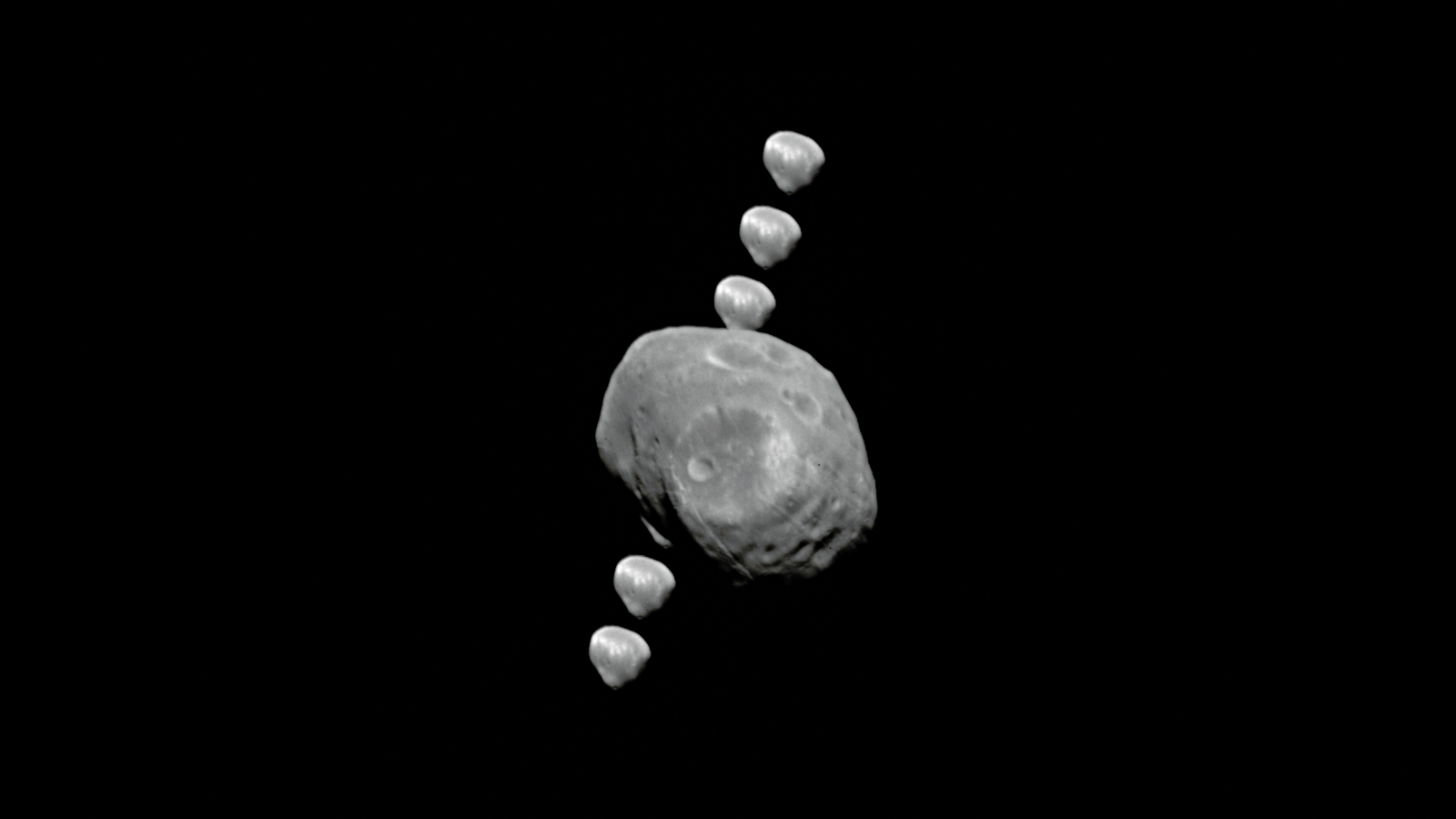
It might seem unlikely that such bleak, rocky worlds could hide something as precious as water, but recent studies suggest otherwise. Data from Mars orbiters and landers hint that both Phobos and Deimos could contain small amounts of water ice, buried beneath their surfaces. If true, this would make them valuable not just for science but for future explorers who might need water to survive. Water on these moons could also provide clues about the early solar system and how water was delivered to planets like Mars—and maybe even Earth.
The Search for Life: Far-Fetched or Feasible?
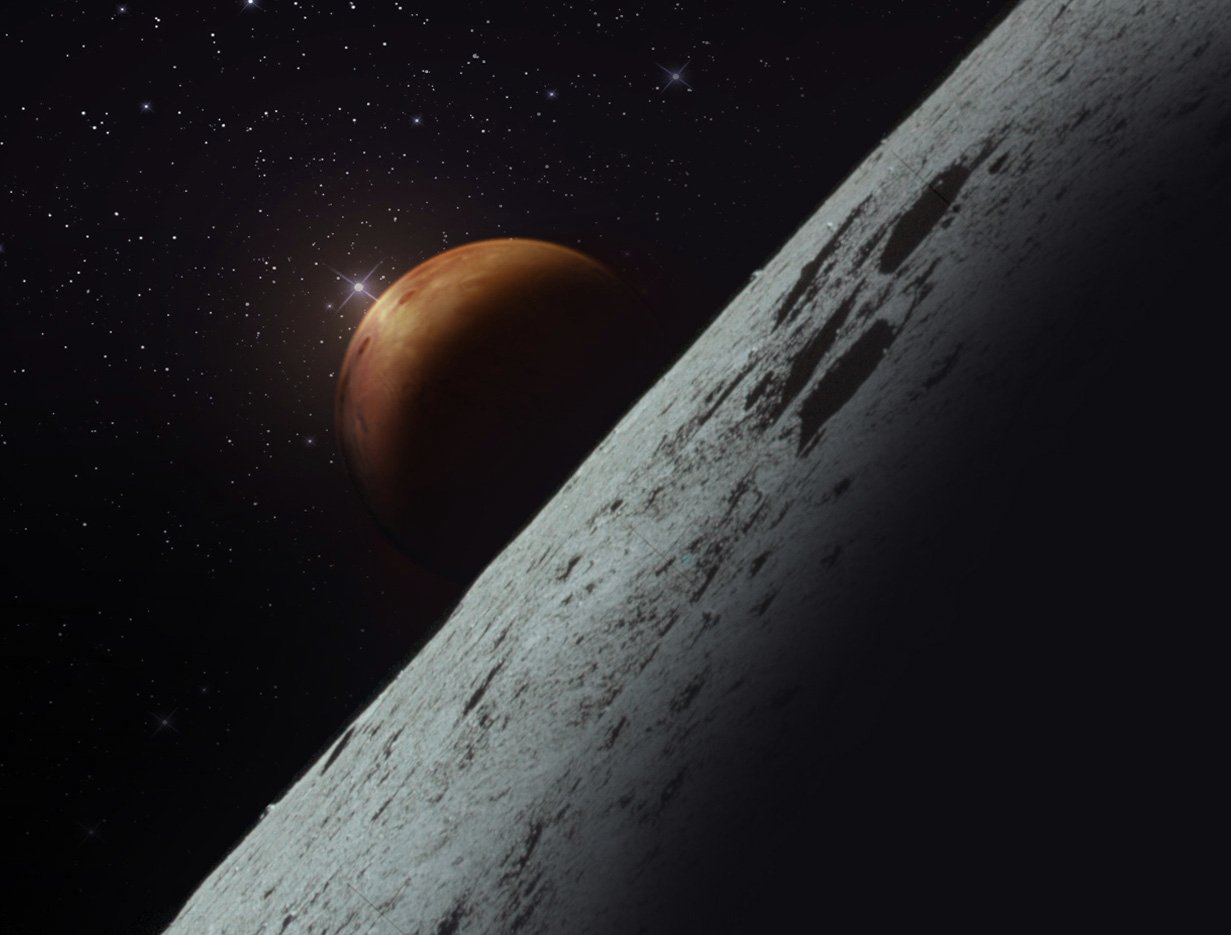
While it’s a long shot, some scientists have wondered if the Martian moons could offer clues about life. Phobos and Deimos are constantly bombarded by material blasted off Mars during meteorite impacts. This means bits of Martian soil—and any microbes it might contain—could have landed on the moons. In theory, these moons could be a kind of time capsule, preserving ancient Martian material and perhaps even signs of past life, protected from harsh surface conditions by a blanket of dust.
Phobos’ Mysterious “Monolith”

In 1998, a peculiar object was spotted on Phobos—a tall, narrow boulder that stands out against the moon’s flat terrain. Dubbed the “Phobos Monolith,” this rock has sparked wild speculation, from natural formation theories to outlandish claims of alien structures. While most scientists believe it’s just an unusually large boulder, its presence adds another layer of intrigue to an already mysterious moon. The monolith serves as a reminder that sometimes, the universe throws us a curveball that even the experts can’t quite explain.
What Do Phobos and Deimos Smell Like?
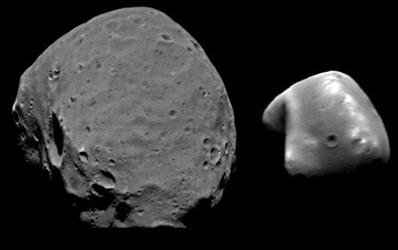
It’s a quirky question, but scientists have tried to guess what these moons might smell like. Based on what we know about their composition—rich in carbon and possibly sulfur—Phobos and Deimos might give off a scent reminiscent of rotten eggs or burnt matches. It’s not exactly a welcoming aroma, but it’s a fun way to imagine what it would be like to stand on the surface of these distant worlds. The strange smells would be yet another reminder that these moons are truly alien places, far removed from anything we know on Earth.
Impact on Mars: The “Rain” of Phobos
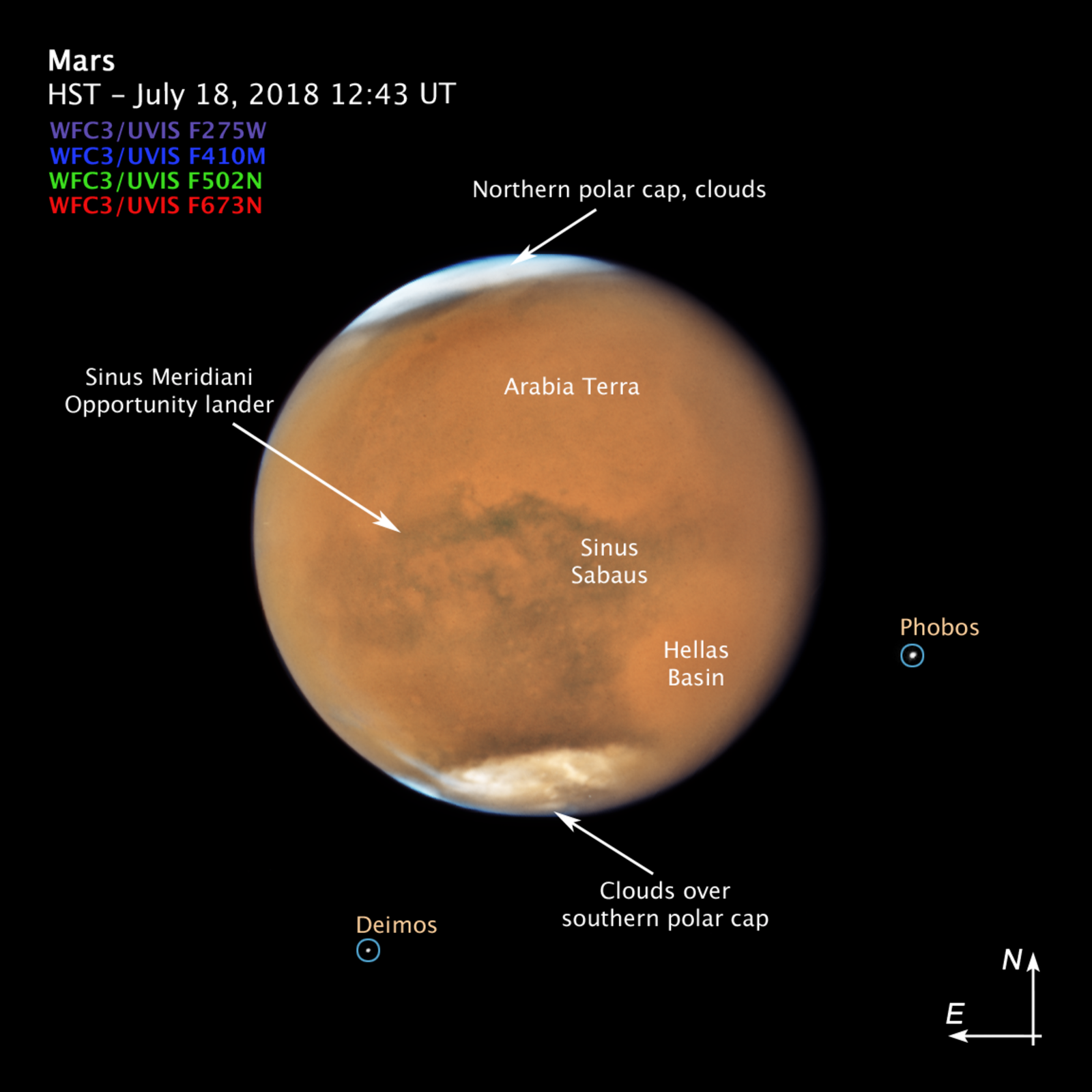
As Phobos slowly crumbles under the strain of Mars’ gravity, it’s actually leaving a trail of debris behind. Tiny fragments and dust from the moon regularly fall onto the Martian surface, adding a layer of cosmic seasoning to the planet’s red soil. Over millions of years, this process could have a significant effect on both the moon and Mars itself. Some researchers believe that, eventually, the final destruction of Phobos could even trigger changes in Mars’ thin atmosphere, creating a brief but beautiful display in the Martian sky.
Future Missions: Eyes on the Moons
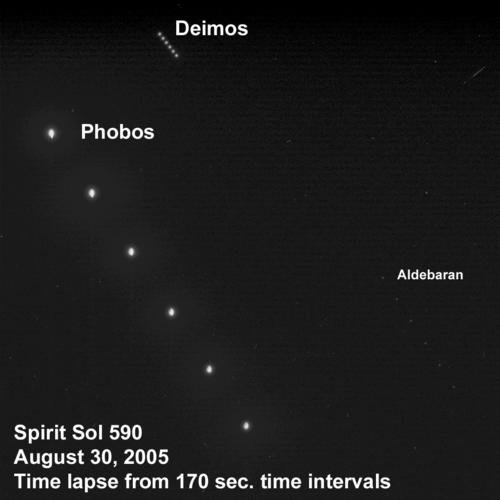
With so many mysteries waiting to be unraveled, it’s no wonder that space agencies around the world are setting their sights on Phobos and Deimos. Japan’s MMX (Martian Moons eXploration) mission is scheduled to launch in the late 2020s, aiming to land on Phobos, collect samples, and return them to Earth. Other missions are in the planning stages, each promising to shed light on the moons’ origins, composition, and potential as stepping stones for human exploration of Mars. The next decade could bring answers to questions we’ve been asking for generations.
Martian Moons in Popular Culture
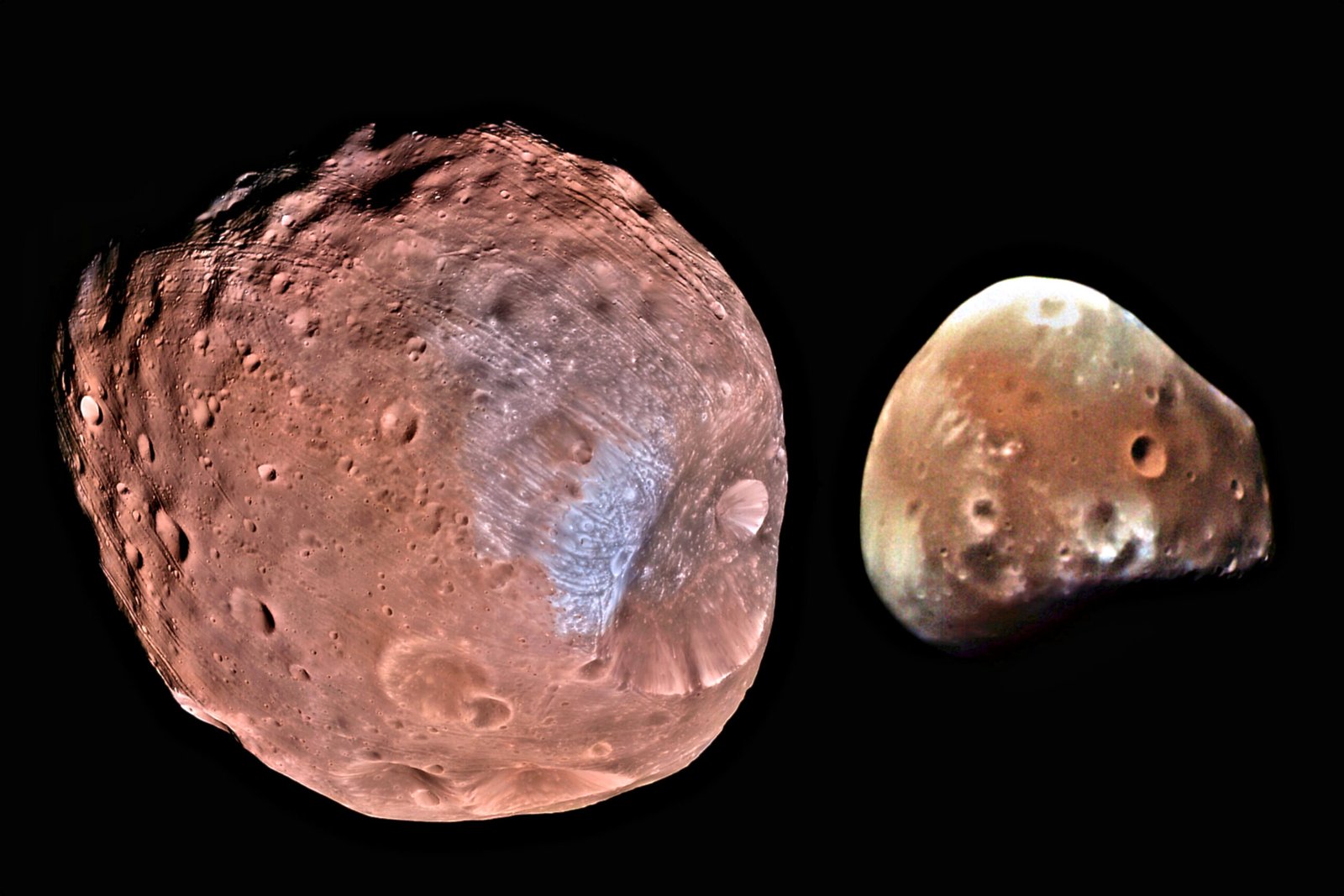
Phobos and Deimos have made their way into science fiction, art, and mythology. H.G. Wells imagined them in “The War of the Worlds,” and they’ve appeared in countless video games and movies as mysterious outposts or alien bases. Their names, drawn from Greek mythology, mean “fear” and “terror”—a fitting tribute to their eerie appearance and enigmatic nature. These moons continue to inspire storytellers and artists, serving as cosmic canvases for our wildest dreams and darkest fears.
The Challenge of Exploring Small Worlds
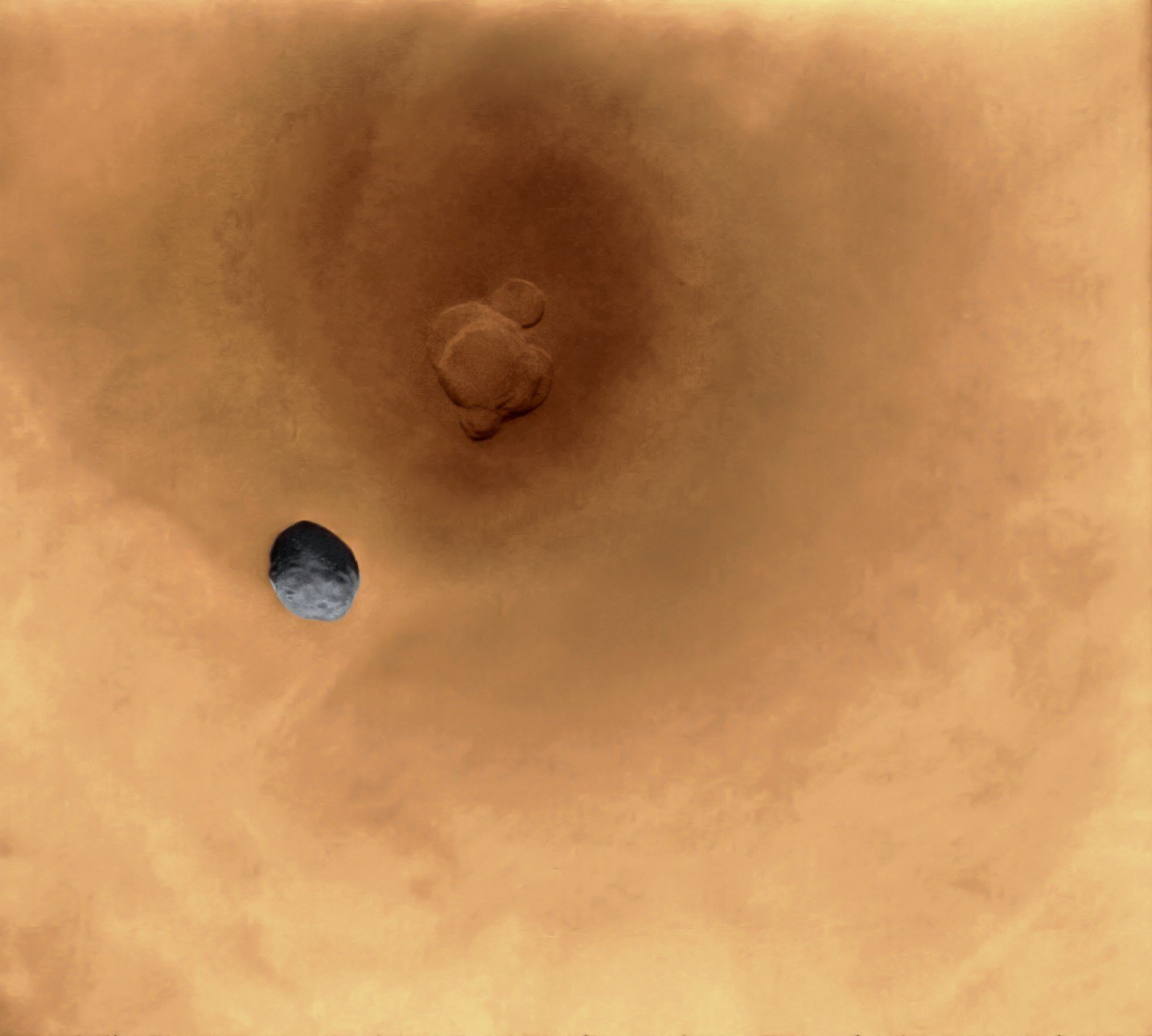
Visiting Phobos or Deimos is no easy feat. Their low gravity makes landing tricky—too much force, and a spacecraft might bounce right off. There’s also the risk of stirring up clouds of dust that could damage sensitive equipment. Despite these challenges, scientists are eager to explore these moons up close. Their small size and proximity to Mars make them perfect test beds for new technologies and a potential gateway for future missions to the Red Planet.
Could Humans Live on Phobos or Deimos?
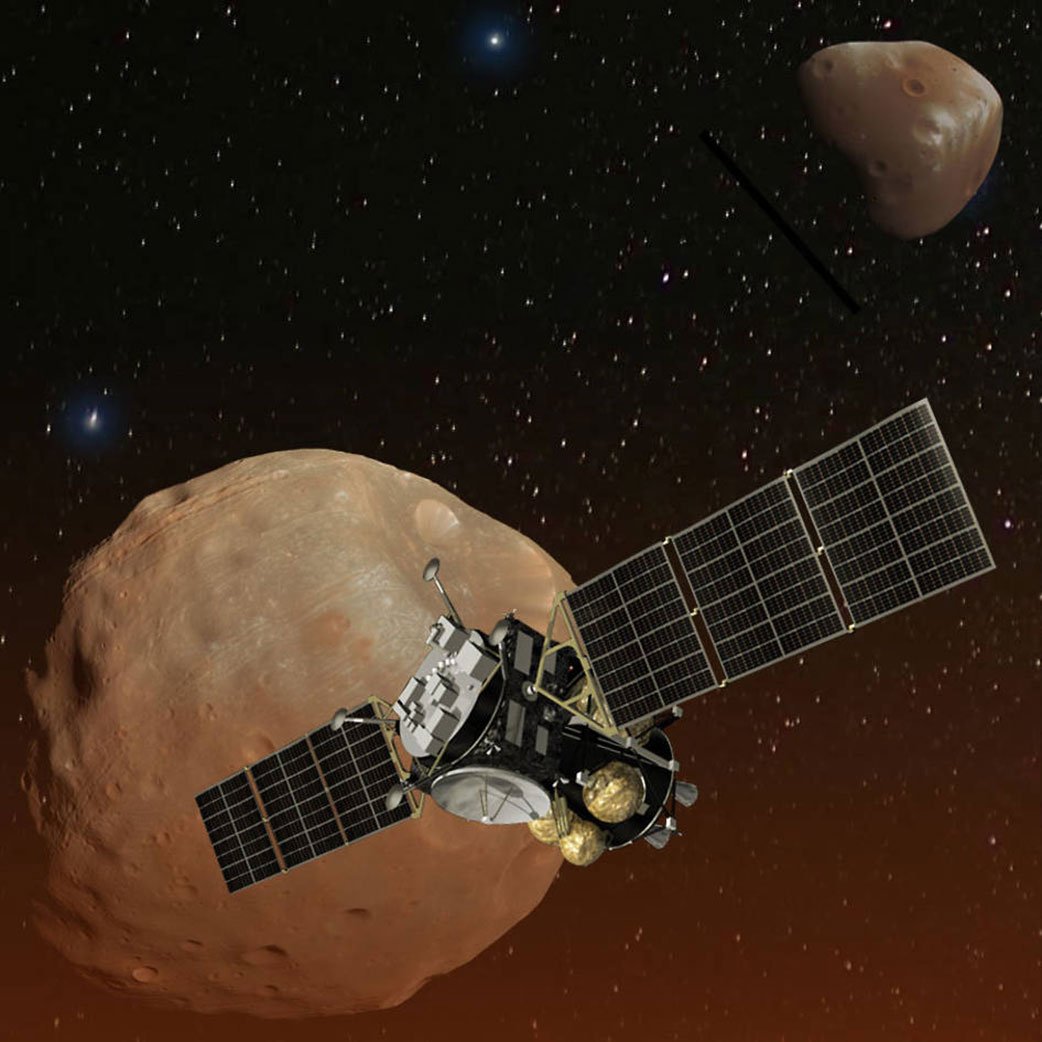
While it might sound far-fetched, some experts have suggested that future astronauts could set up camp on these moons. Their low gravity makes launching back to Earth or Mars much easier, and they offer a safe perch above Mars’ harsh surface. Scientists envision lightweight habitats anchored to the rocky ground, with explorers mining water ice and studying the moons’ strange geology. It’s a tantalizing idea that could turn science fiction into reality in the decades to come.
Natural Satellites or Artificial Mysteries?
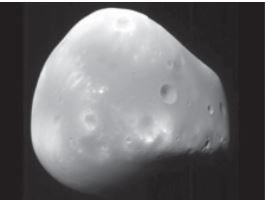
A handful of conspiracy theorists have long whispered that Phobos and Deimos might not be natural at all. In the 1960s, some scientists speculated that Phobos’ odd orbit could mean it’s hollow, or even artificial—a relic of ancient Martian civilizations or visitors from beyond the stars. While these ideas have been thoroughly debunked by modern science, they linger on in popular imagination, adding an air of intrigue to the moons’ already puzzling nature.
Phobos and Deimos as Stepping Stones to Mars

These moons aren’t just scientific curiosities—they could play a vital role in humanity’s quest to explore Mars. By establishing bases on Phobos or Deimos, astronauts could study Mars from a safe distance, test equipment, and practice landing on and launching from another world. The moons could serve as waystations, supply depots, or even emergency shelters for future missions. Their potential as stepping stones is one more reason why scientists are so eager to unlock their secrets.
How the Moons Got Their Names
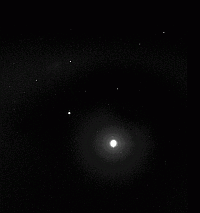
The names Phobos and Deimos come straight from Greek mythology, where they were the twin sons of Ares, the god of war—known as Mars in Roman mythology. Phobos means “fear,” and Deimos means “terror,” perfectly capturing the feeling these strange moons evoke as they speed through the Martian night. The names were chosen by astronomer Asaph Hall, who discovered both moons in 1877. Today, their mythological roots remind us that even in the age of science, the stars still have stories to tell.
The Unfinished Story of Phobos and Deimos
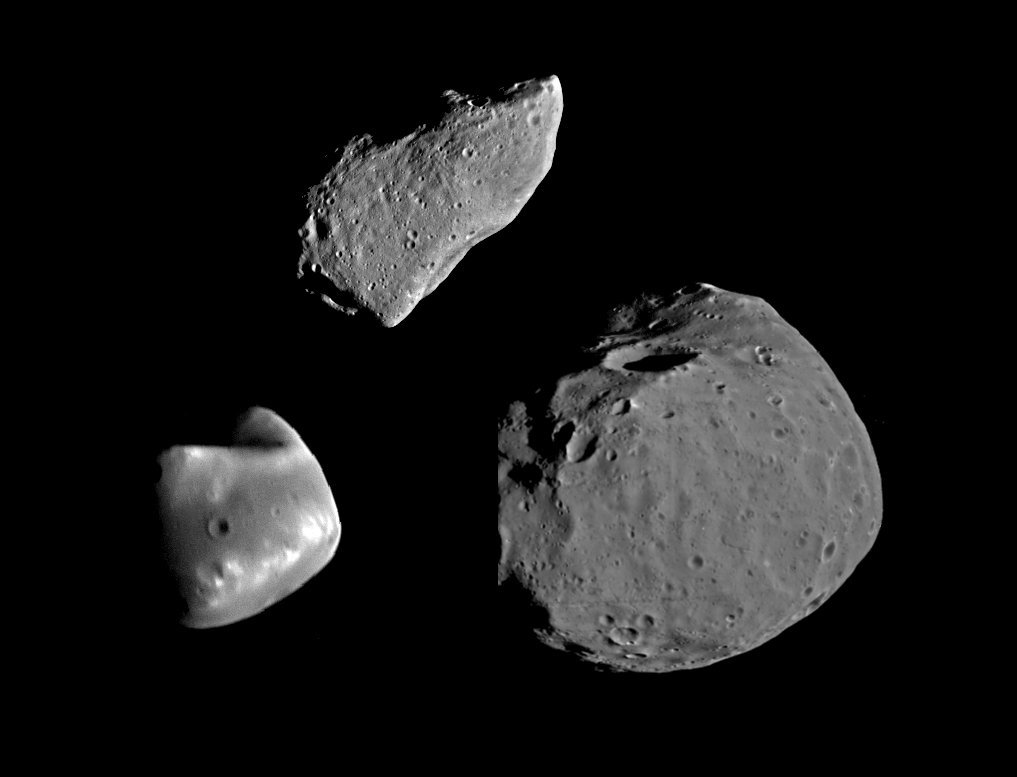
Phobos and Deimos are more than just lumps of rock orbiting a distant planet—they’re cosmic puzzles waiting to be solved. They challenge our ideas about how moons form, what secrets the solar system might hold, and what the future of space exploration could look like. As new missions prepare to visit these moons, we stand on the edge of discovery. What will we find hidden in their dusty grooves and shadowy craters? Will they reveal the origins of water, the fate of Mars, or even the beginnings of life itself?

